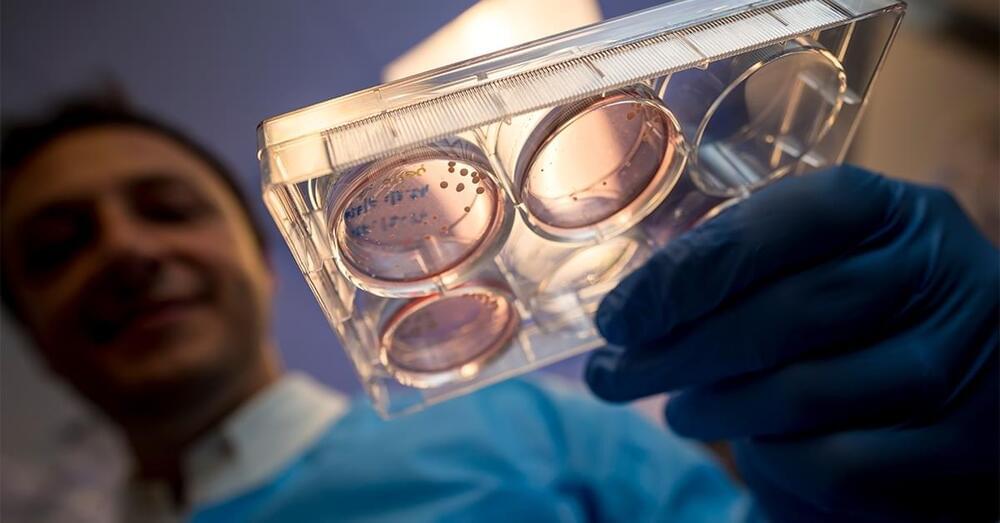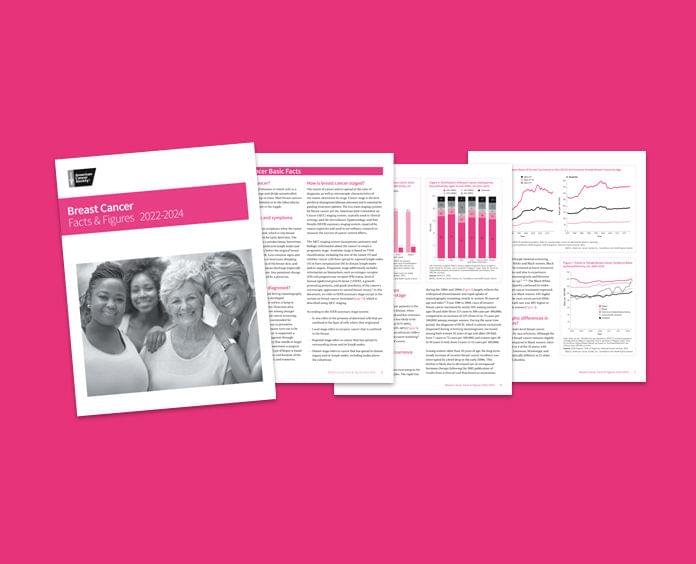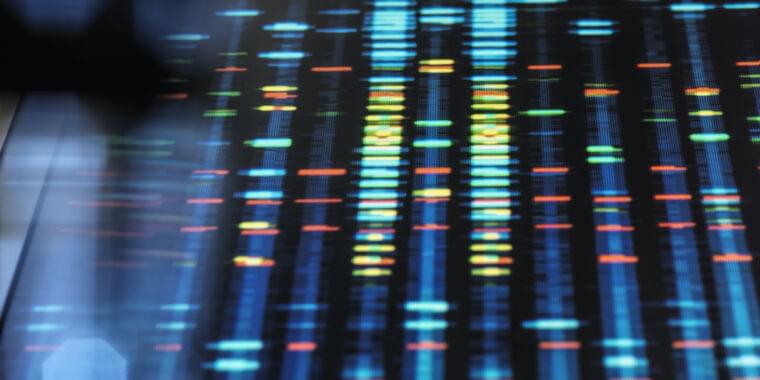Using human brain organoids, an international team of researchers, led by scientists at University of California San Diego School of Medicine and Sanford Consortium, has shown how the SARS-CoV-2 virus that causes COVID-19 infects cortical neurons and specifically destroys their synapses — the connections between brain cells that allow them to communicate with each other.
The findings, published in the November 3, 2022 issue of PLOS Biology, also report that the antiviral drug sofosbuvir, already an approved treatment for hepatitis C, effectively inhibited SARS-CoV-2 replication and reversed neuronal alterations in infected brain organoids.
“Vaccines and emerging treatments have reduced the health consequences of COVID-19 in most patients,” said senior study author Alysson R. Muotri, PhD, professor in departments of Pediatrics and Cellular and Molecular at UC San Diego School of Medicine. “But the phenomenon of Long COVID, characterized by persisting symptoms that include neurological impairment, remains poorly understood and without any specific remedy.








